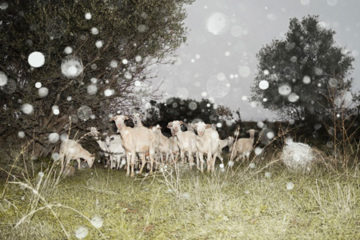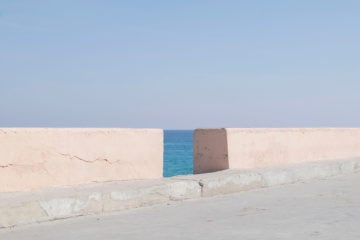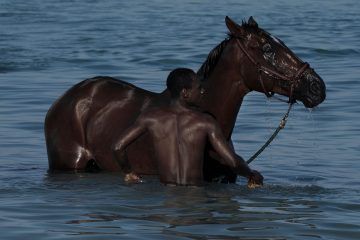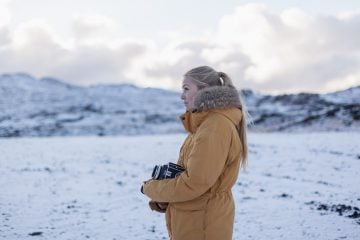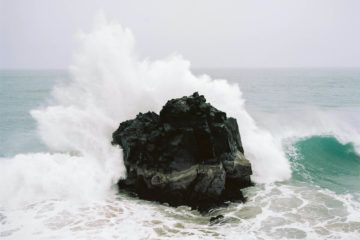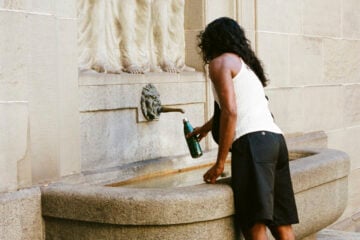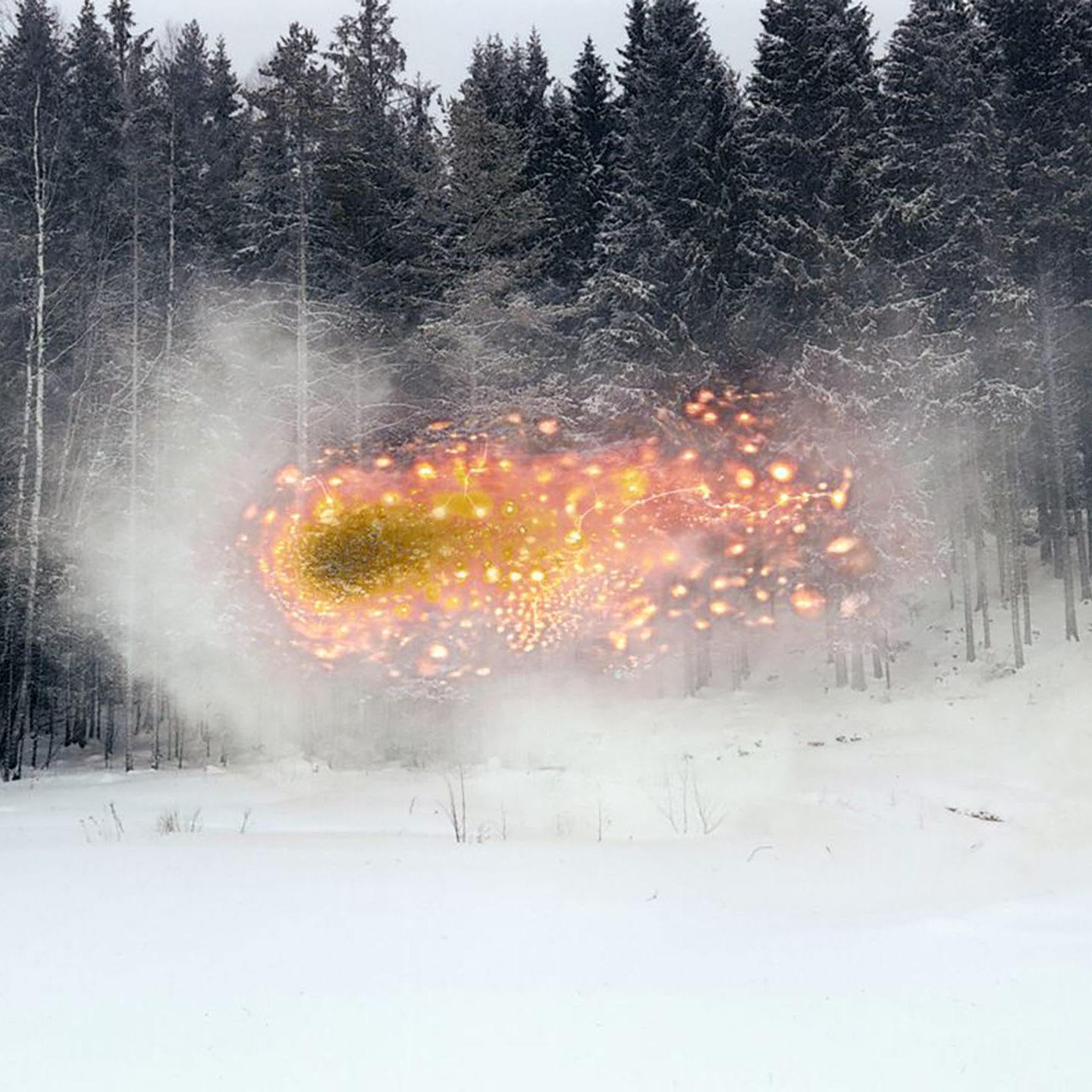
Razing A Forest: Terje Abusdal’s Slash And Burn
- Name
- Terje Abusdal
- Words
- Rosie Flanagan
In ‘Slash and Burn’ Oslo-based photographer Terje Abusdal delves into Norwegian history, exploring the magic and mystery of the Forest Finns—immigrants who moved to Finnskogen from the Savlox region during the 1600s.
Finnskogen, which translates directly to mean ‘Forest of the Finns’, is a large belt of green edging on Sweden in the south-east of Norway. It was here that farming families from today’s Finland were encouraged to settle in the 17th century by the Swedish King, Gustavus Adolphus. The Forest Finns were svedjebruk, or ‘slash-and-burn’, farmers. This ancient agricultural technique originated in Russia but was widespread throughout Scandinavia during the Medieval period. Svedjebruk required the razing of large areas of forest by fire, a technique which covered the ground in ashes, rendering the soil exceptionally fertile and perfect for growing and harvesting crops. Large forested areas were necessary for such farming, but by virtue of svedjebruk’s intense burns, the land did not regenerate seasonally and so natural resources were quickly exhausted and the farmers forced into a nomadic existence of sorts. As Abusdal explains, it was this that lead to the initial migration from Savlox: “Fuelled by failing crops and war, the Forest Finns needed new land to cultivate.”
Four centuries later, the Forest Finns are recognized as one of the national minorities in Norway, despite their language no longer being spoken and their population being few. “There are no statistics on their numbers,” Abusdal explains. “In fact, the only official criterion for belonging to this minority is that, regardless of your ethnic origin, you simply feel that you are a Forest Finn.” Abusdal’s series explores the mythology of land and people through the culture of the first Forest Finns, and their ancestors today.
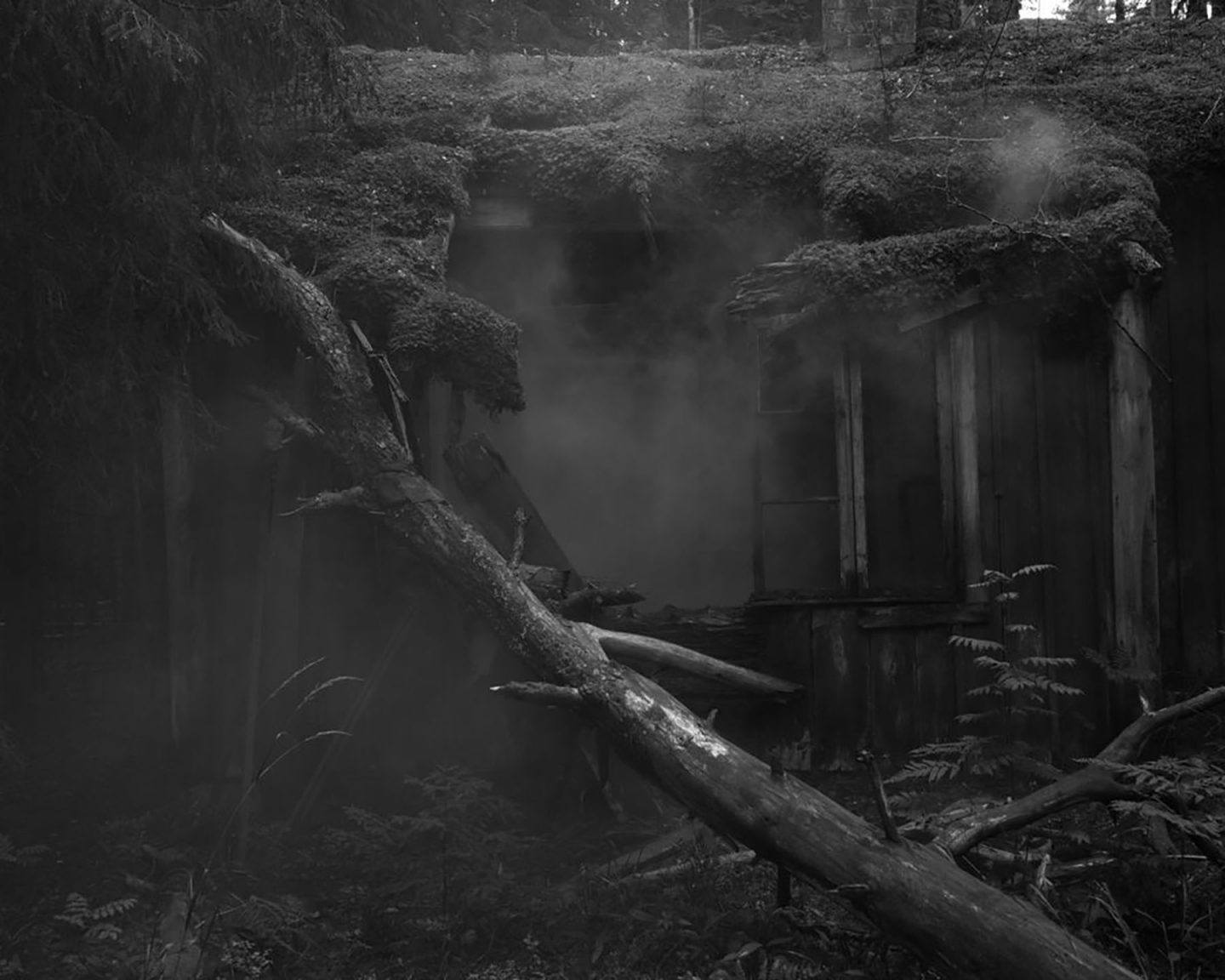
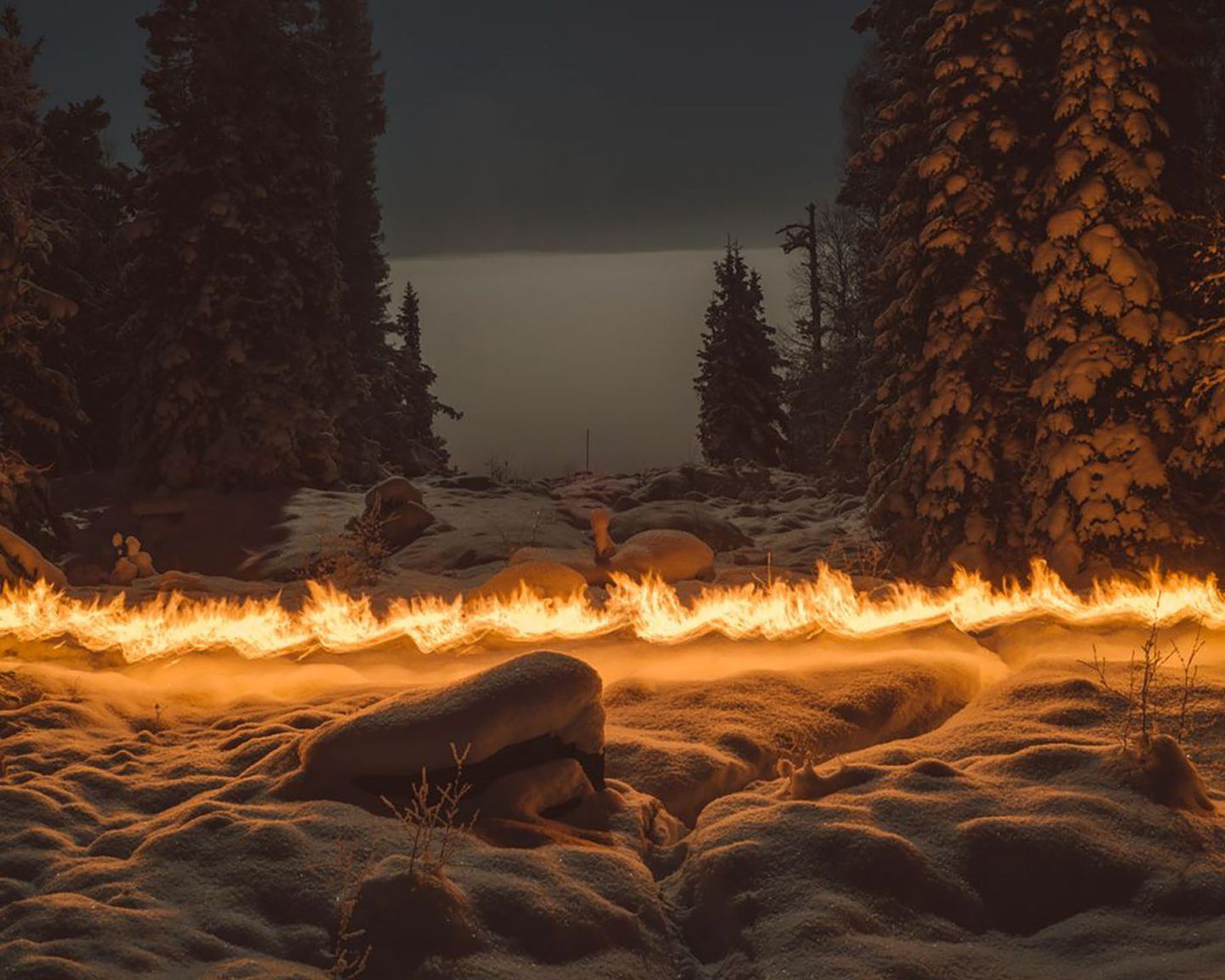
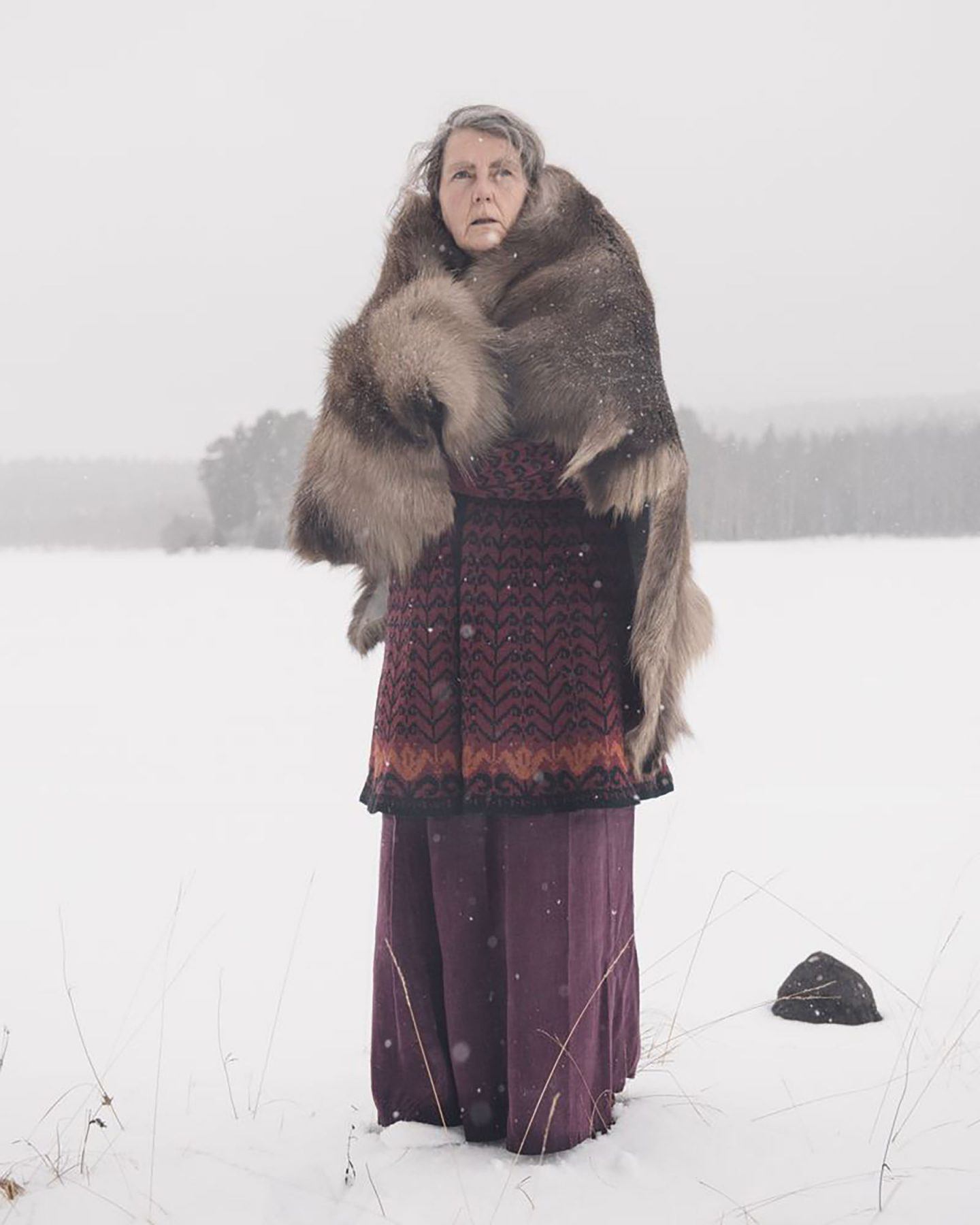
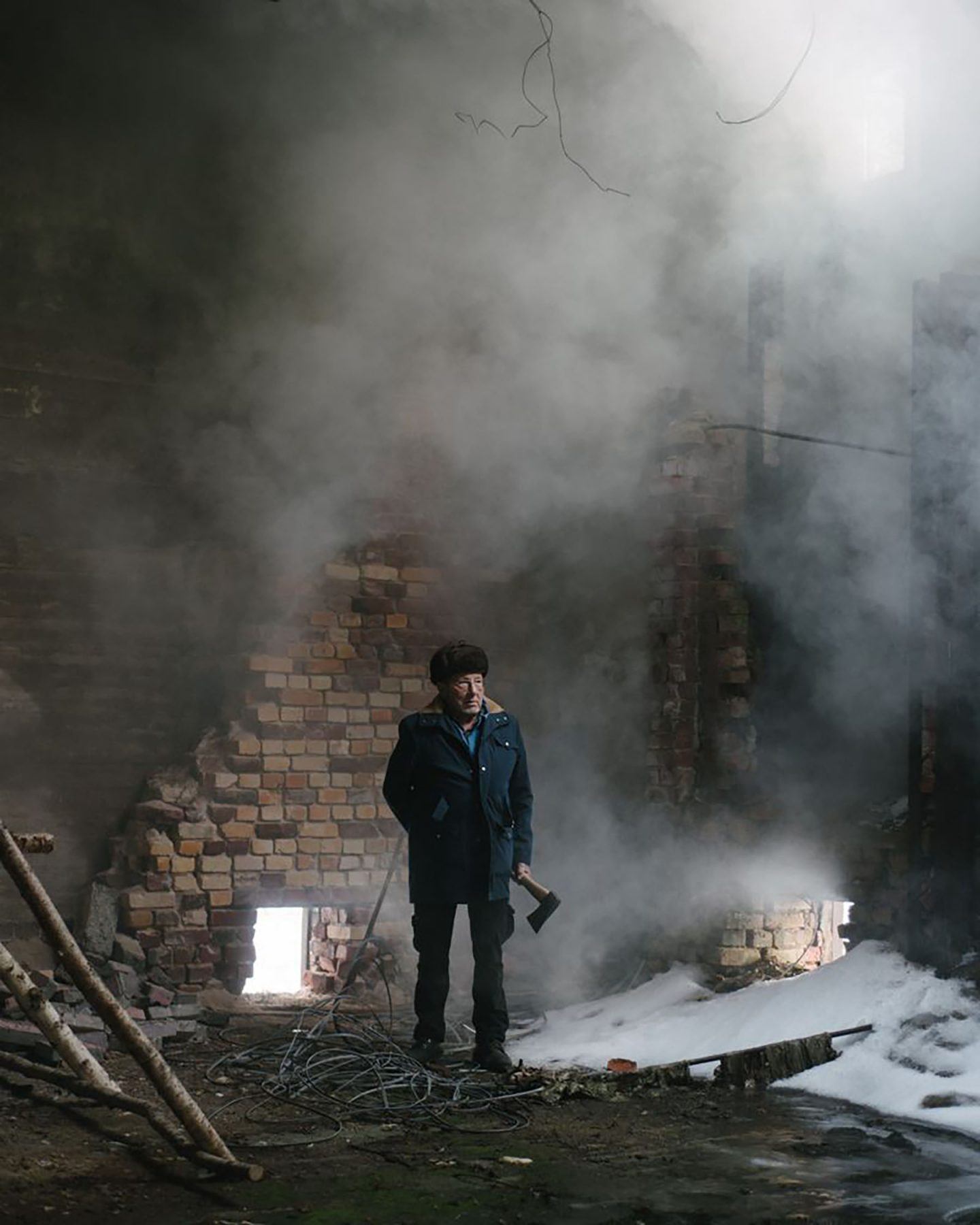
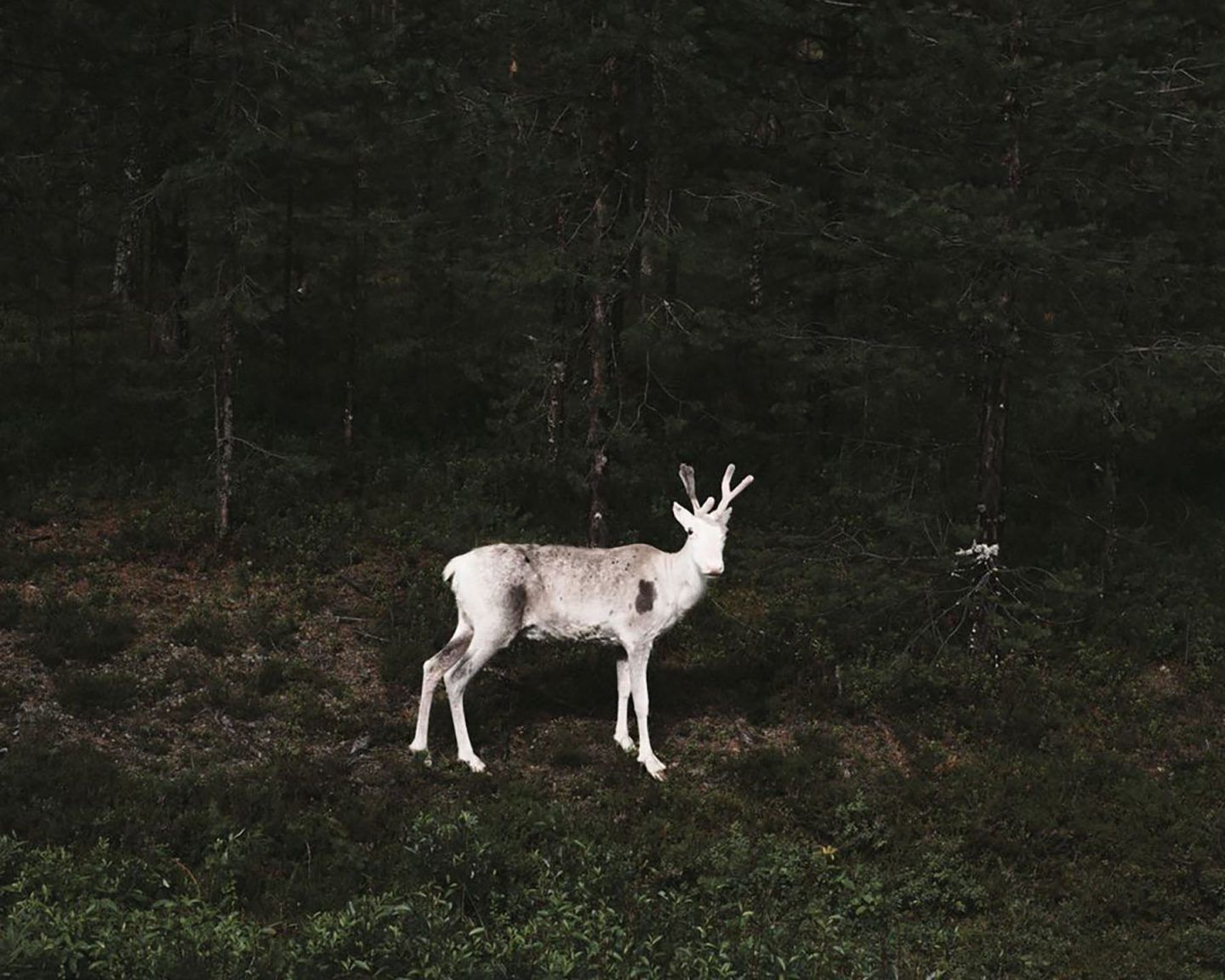
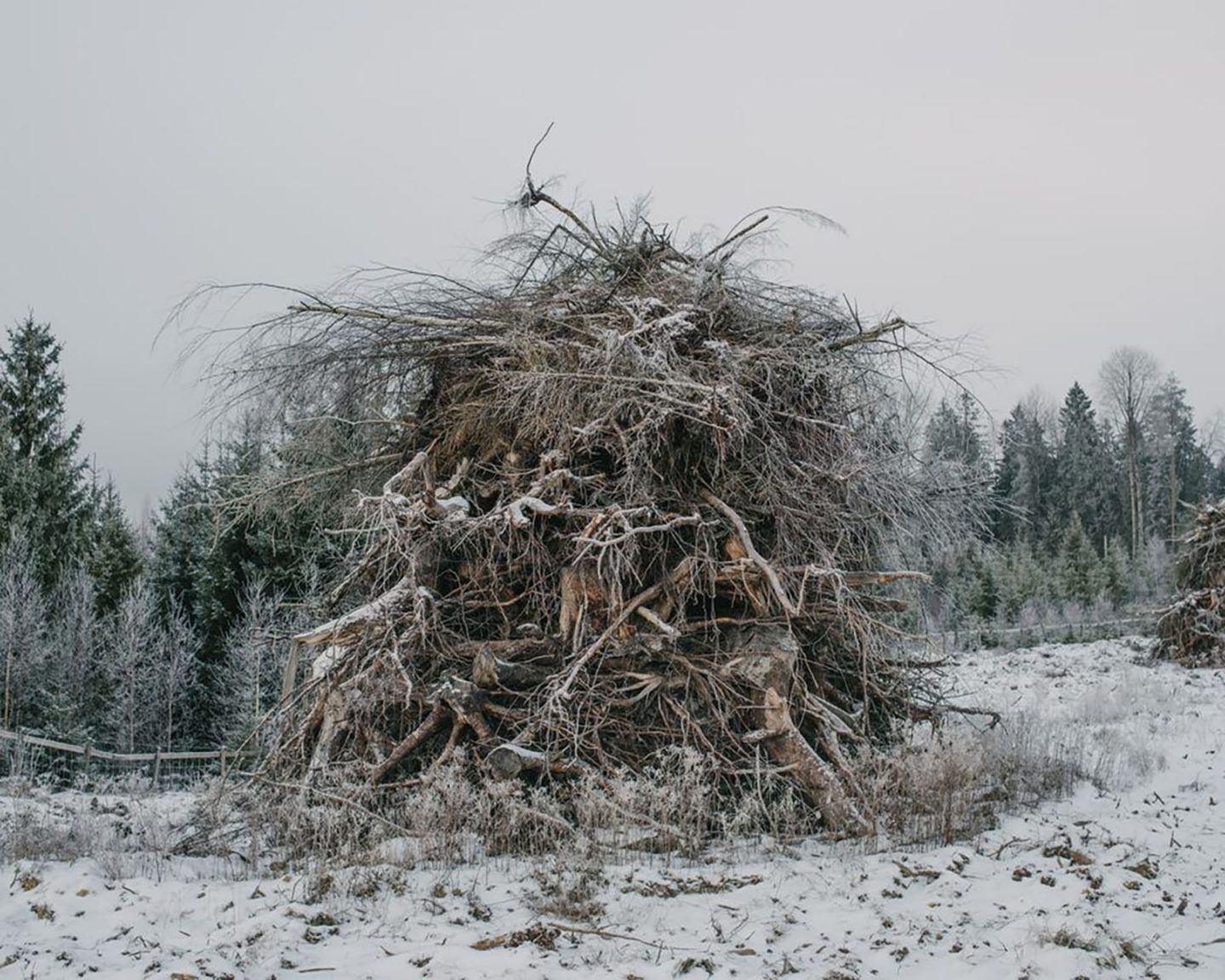
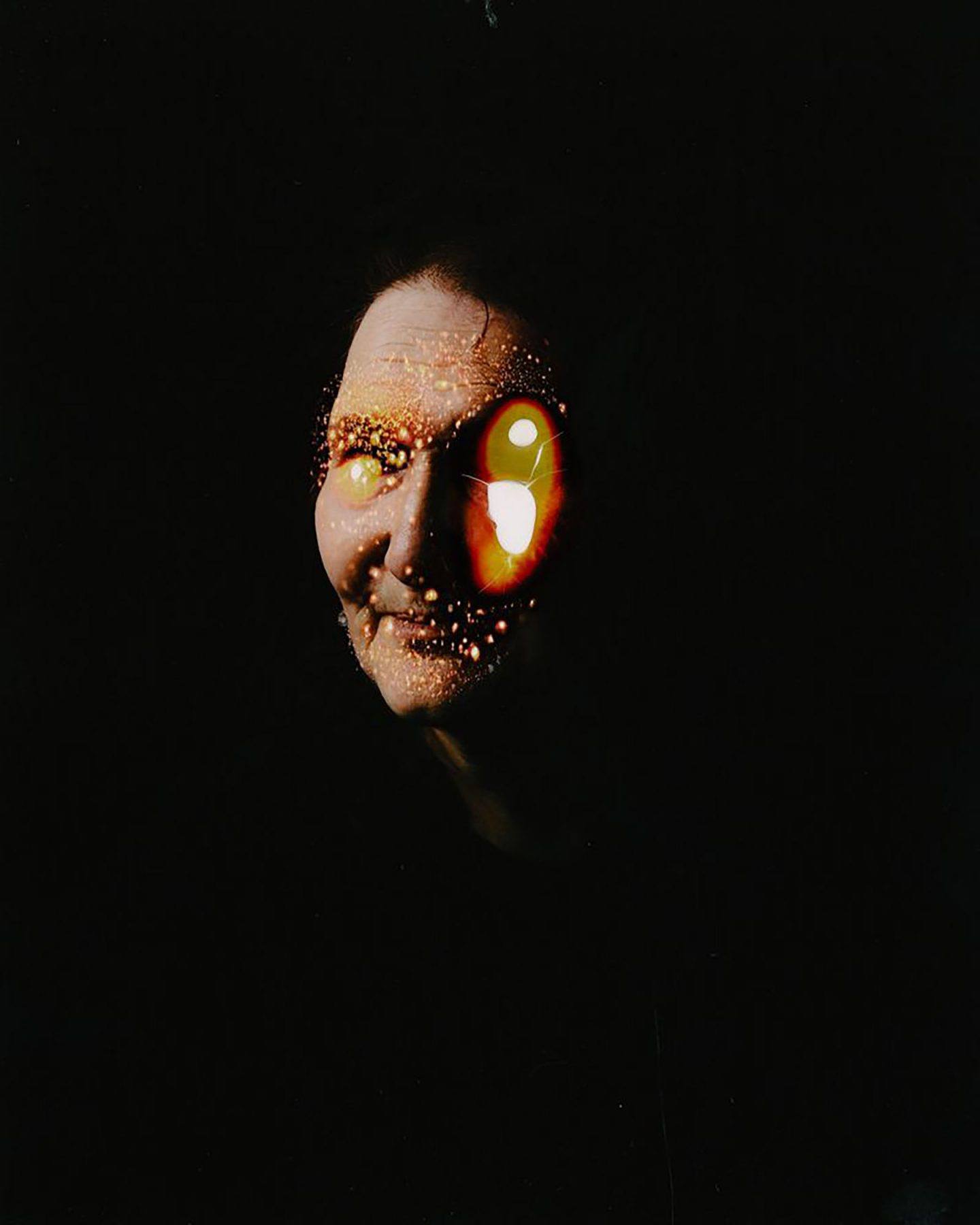
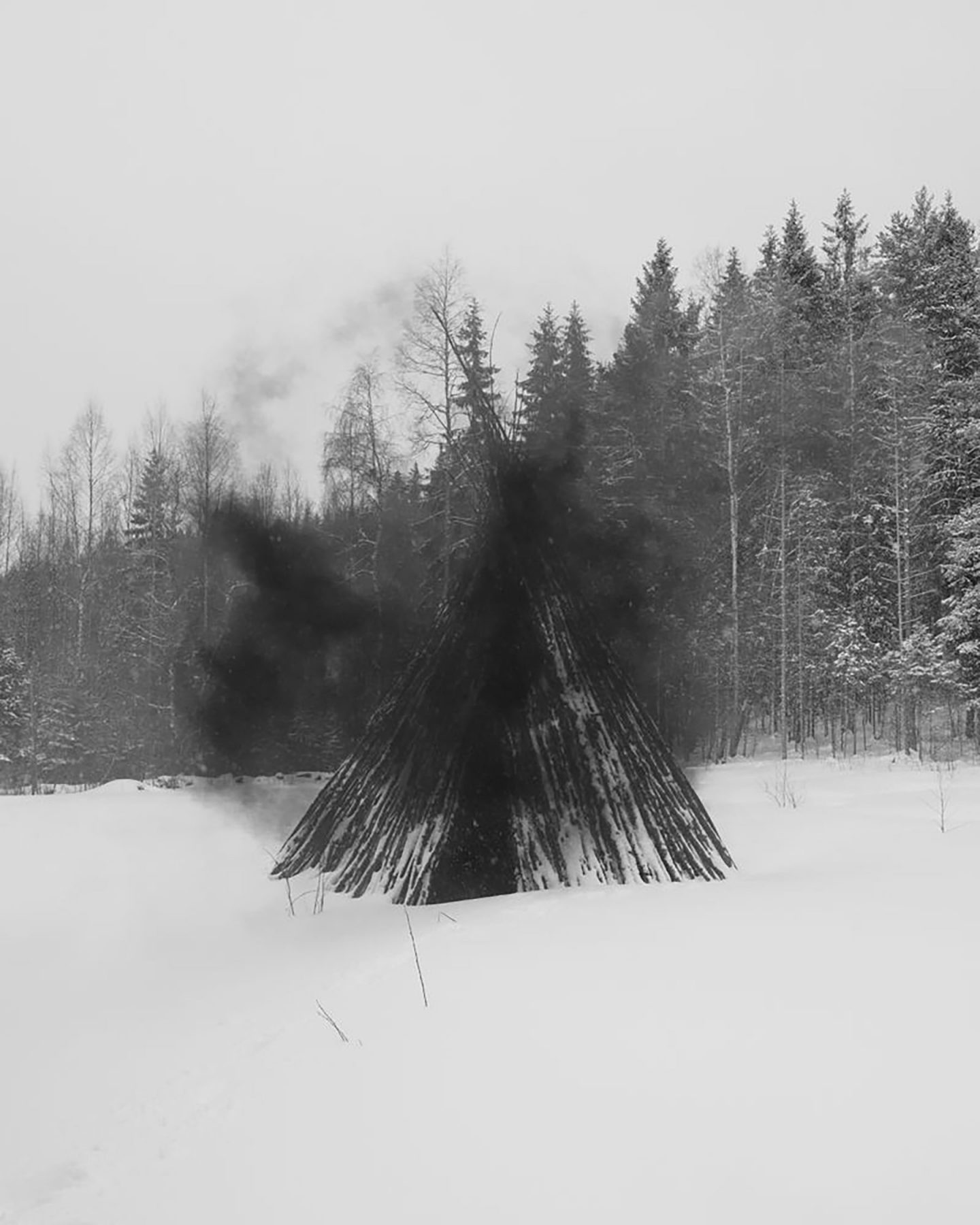
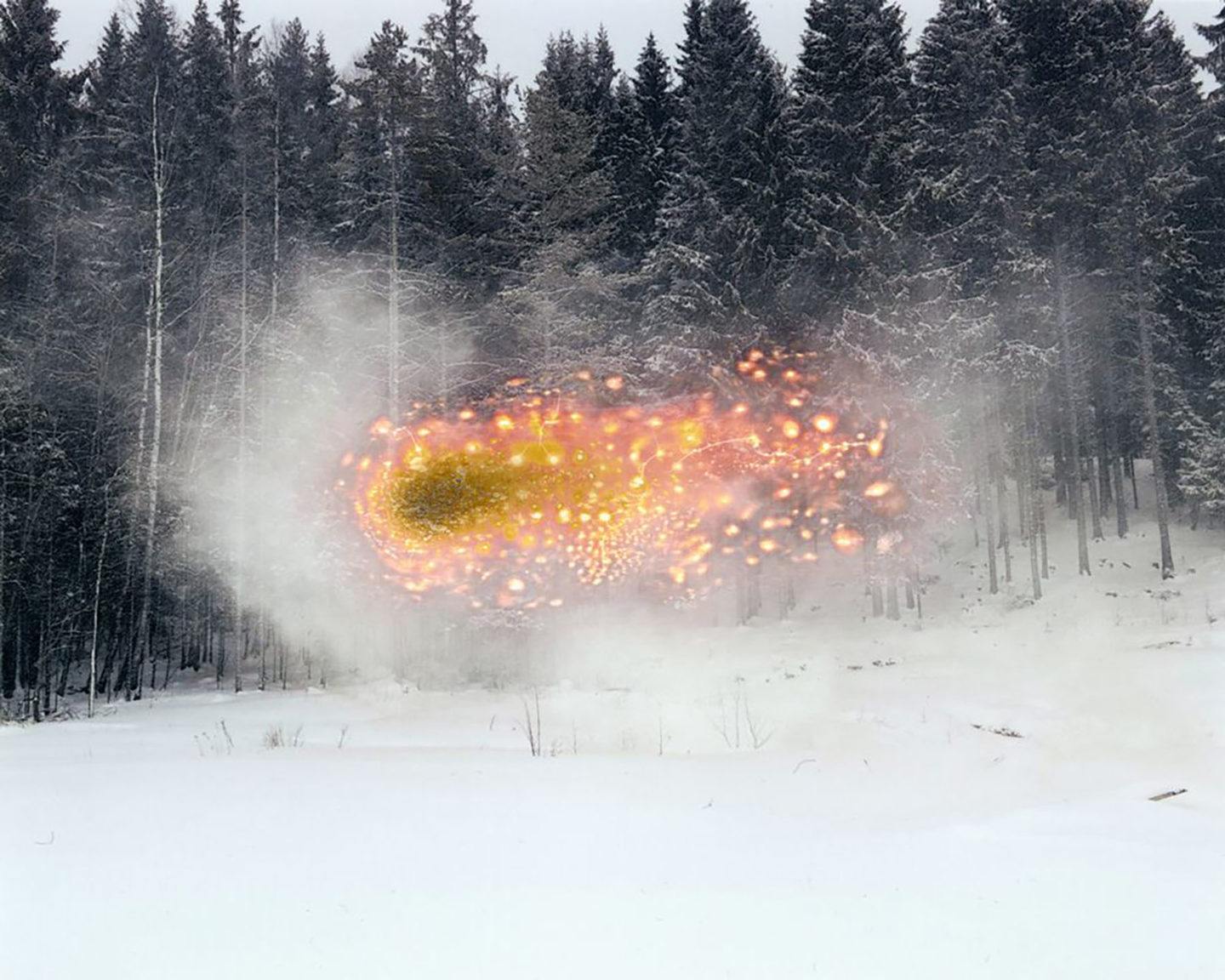
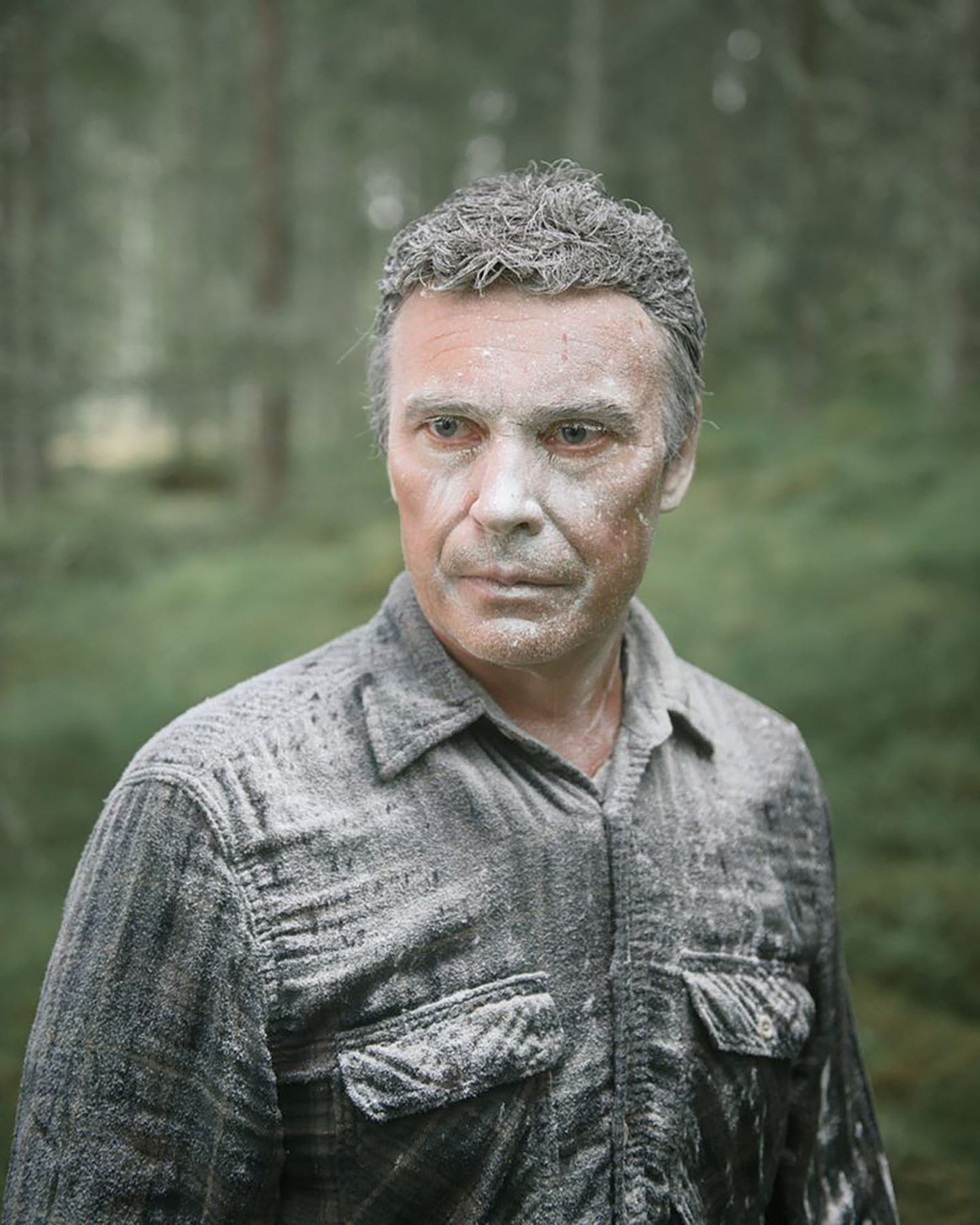
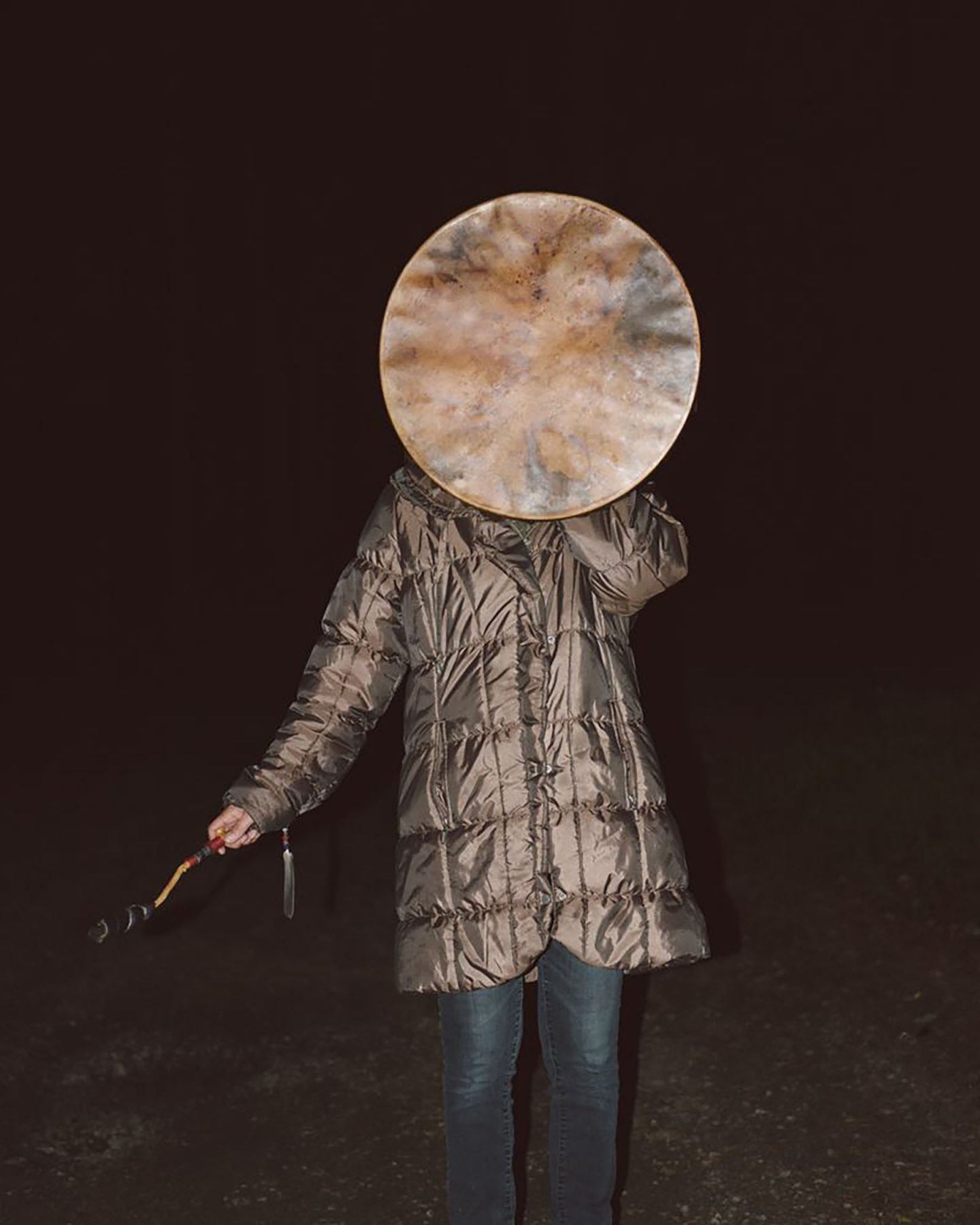
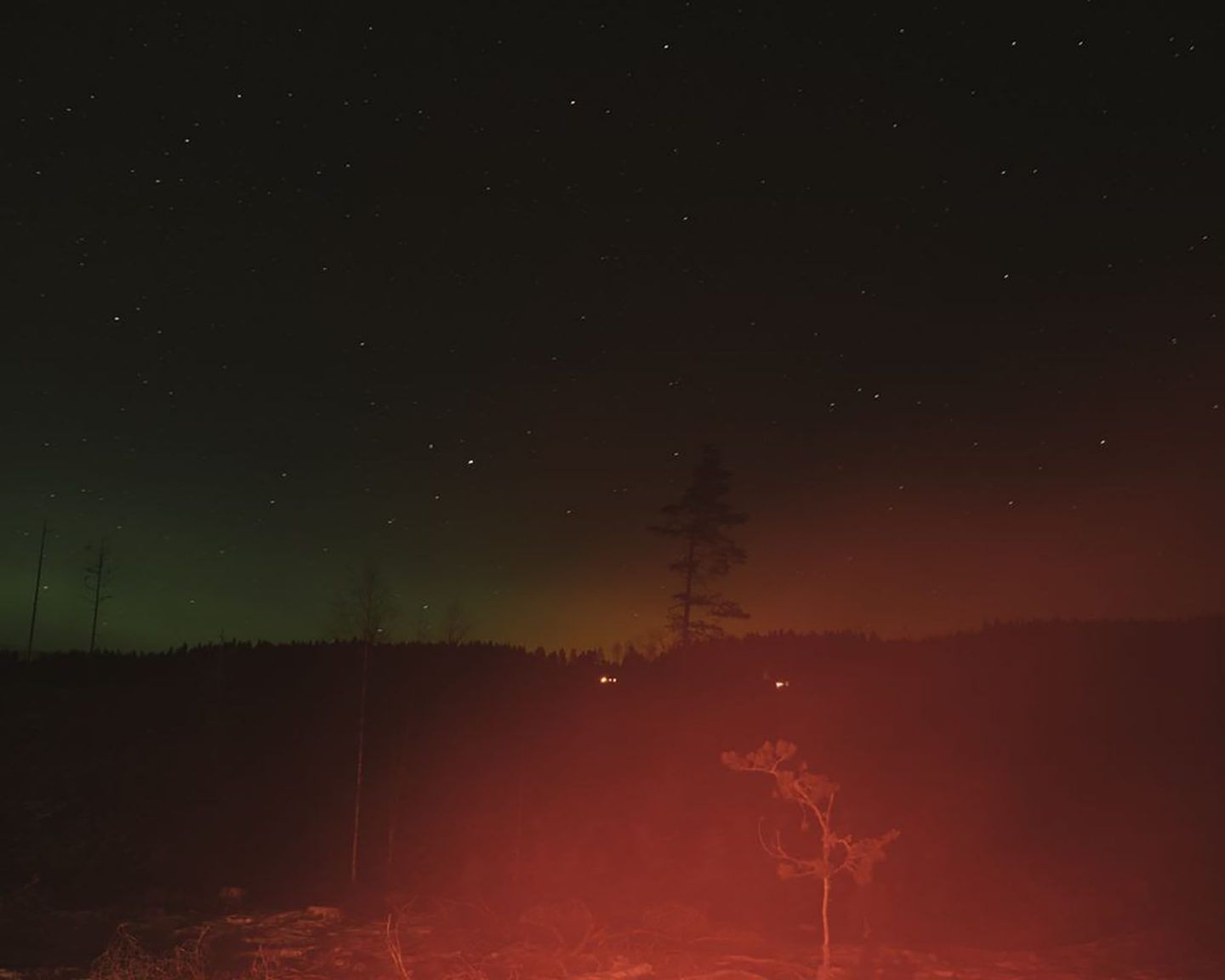
All images © Terje Abusdal

